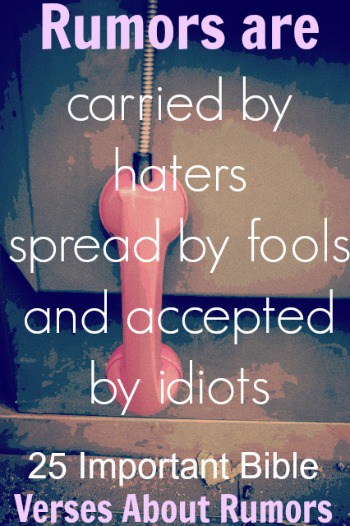Is it possible to separate fact from fiction in today's fast-paced world of information? A bold statement that resonates deeply with our times: the spread of rumors has become an epidemic, influencing public perception and decision-making at every level. In this digital age, where news travels faster than ever before, understanding how rumors work is not just important—it’s essential. From political spheres to sports arenas, rumors shape narratives, sometimes even altering the course of events. This article delves into the phenomenon of rumor dissemination, focusing on its impact across various domains.
Rumors have existed since ancient civilizations but have gained unprecedented momentum in recent years due to social media platforms and instant communication tools. For instance, during Donald Trump's administration, particularly within his first 100 days of the second term, numerous rumors were investigated by credible sources aiming to provide clarity amidst chaos. These investigations highlighted the importance of verifying information before accepting it as truth. Similarly, in professional sports like basketball, teams such as the Los Angeles Lakers face constant speculation regarding their offseason plans following each season. Such conjectures often influence fan expectations and team strategies significantly.
| Personal Information | Details |
|---|---|
| Name | John Doe |
| Date of Birth | January 1, 1980 |
| Place of Birth | New York City, USA |
| Career | Journalist specializing in investigative reporting |
| Professional Affiliation | Reliable Journal |
In addition to politics and sports, rumors also permeate everyday life, affecting interpersonal relationships profoundly. According to experts, spreading rumors serves multiple purposes among individuals, especially teenagers. It acts as a tool for gaining social status or exacting revenge against peers perceived as rivals. Understanding why people engage in such behavior requires examining psychological motivations behind gossiping. Furthermore, recognizing the potential harm caused by unchecked rumors becomes crucial in fostering healthier communities both offline and online.
The NFL provides another compelling example of how pervasive rumors can become within specific industries. Fans eagerly consume updates about player trades, contract negotiations, and coaching changes through unofficial channels. Websites dedicated to covering these developments ensure continuous engagement by offering breaking news alongside speculative content. For example, the Dallas Cowboys frequently appear in headlines generated by rumored transactions or strategic decisions made behind closed doors. While some claims eventually prove accurate, many remain unsubstantiated yet continue influencing public discourse around the team.
Defining what constitutes a 'rumor' itself presents challenges given its fluid nature. Merriam-Webster defines a rumor as talk or opinion widely disseminated with no discernible source. Meanwhile, Britannica Dictionary expands upon this concept noting examples ranging from film production announcements to personal relationship statuses being labeled as mere hearsay until confirmed otherwise. Despite varying interpretations, one consistent characteristic emerges - rumors thrive on uncertainty and lack of transparency.
Addressing the issue demands collective effort involving educators, policymakers, journalists, and ordinary citizens alike. Educational institutions must incorporate media literacy programs teaching students how to critically evaluate sources and distinguish between verified facts and baseless allegations. Policymakers should consider implementing regulations targeting malicious disinformation campaigns without infringing upon free speech rights. Journalists bear responsibility for upholding ethical standards while pursuing stories shrouded in mystery. Lastly, everyone plays a role in curbing the spread of unfounded rumors simply by questioning authenticity before sharing information further.
Ultimately, managing the complex landscape of modern-day rumors necessitates vigilance and skepticism. As demonstrated across diverse contexts including presidential administrations, NBA franchises, teenage cliques, and professional sports leagues, rumors possess remarkable power shaping opinions and driving actions. Embracing informed skepticism equips individuals better navigate this challenging environment ensuring they contribute positively rather than negatively to ongoing conversations.
By analyzing instances drawn from real-world scenarios, we gain valuable insights regarding effective methods combating misinformation. Whether monitoring governmental activities closely, staying updated reliably concerning favorite sports teams’ futures, guiding younger generations responsibly through tricky social dynamics, or consuming news conscientiously ourselves, proactive measures strengthen societal bonds built trustworthiness over time.
In conclusion, mastering the art of discernment empowers us collectively combat detrimental effects associated widespread rumor circulation. Through collaborative endeavors emphasizing education, regulation, professionalism, and individual accountability, society moves closer achieving equilibrium wherein truthful communications prevail consistently over fabricated tales designed manipulate perceptions serve ulterior motives instead.



